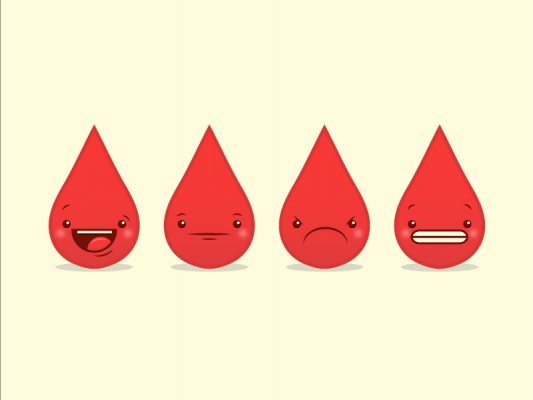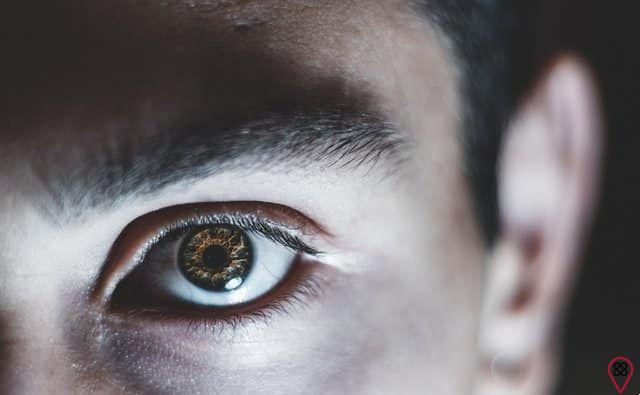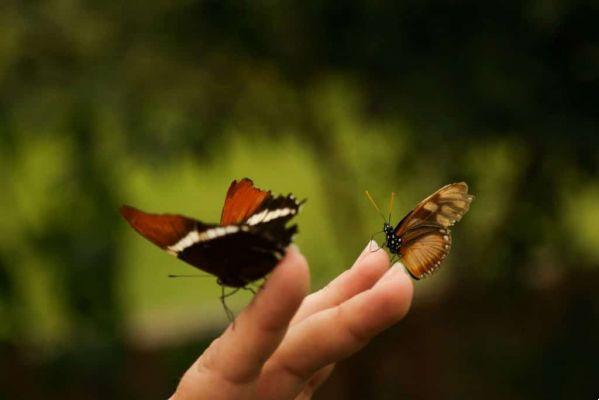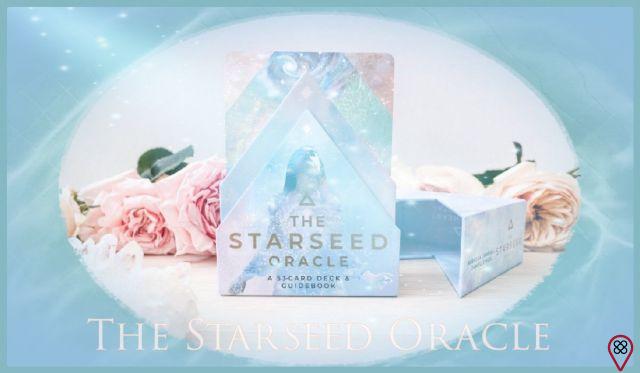Your menstrual calendar will be assembled according to the length of your cycle. Common cycles usually happen around 28 days. But if your cycle is between 25 and 35 days, it's still acceptable, but visit a gynecologist.
Cycles shorter and longer than 28 days are common but are considered irregular, so it may be necessary to do some diagnosis to understand the cause. If there is no problem, don't worry. We are addressing this as in most cases there is something to be resolved.
The phases of your menstrual cycle

The menstrual cycle has three phases: the follicular phase, lasting 14 days, including the first day of menstruation; the ovulatory, with an average duration of 24 hours; and the luteal, with about 14 days.
Follicular phase
This is the period starting from the first day of menstruation, which goes until the day of the fertile or ovulatory period. It happens over the course of 14 days, the period of time when hormones work to prepare the egg until it releases it into the endometrium. At this time, the endometrium is also prepared to receive the egg, which, in turn, may or may not be fertilized.
ovulatory phase
The ovulatory phase happens around 12 to 16 days before your first day of menstruation. Here the egg is released through the ovaries, with the bursting of a follicle. With this, it travels through the tubes until it reaches the uterus, so that it can be fertilized.
The date of this phase can be found on your menstrual calendar, based on your cycle. Ovulation varies from woman to woman!
Luteal phase
This is the phase you can experience PMS. It ends at the beginning of menstruation. After ovulation, the ruptured follicle closes in order to form a corpus luteum. After the next 14 days until the beginning of the period, if the egg does not undergo fertilization, this body degrades, starting a new cycle.
You might also like:
- Menstrual cycle
- Foods to eat (and avoid) during menstruation
- Natural gynecology: understand the symtothermal method
How to create an ideal menstrual calendar

The menstrual calendar will show you all these phases. So, whether or not you want to get pregnant, keep an eye on the ovulatory phase. This is the fertile period, the moment when the egg is ready and will be released to fertilize or not.
To set up your calendar, take into account the first and last day of your period, so you will know how many days your cycle has and you can also set up the next calendar with the division of phases.
Also, you can count on apps that have smart calendars. Some very reliable tips are: Clue, Flo, Sai colic and Womanlog. All of them can be downloaded on Android phones and iPhone.
To calculate, simply enter the required date and the length of your cycle. Being on top of your menstrual cycle can help you stay on top of it. In the event that something unusual arises, you can immediately take the necessary action.

























